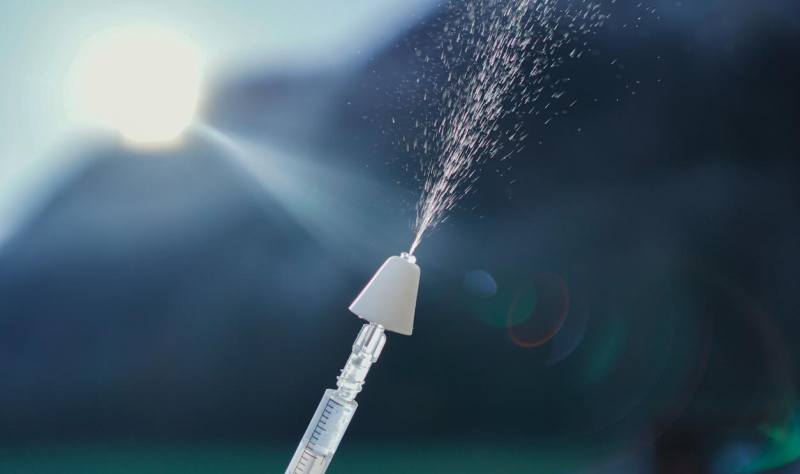
Three of five groups of eight participants each received low, medium, or high doses of the clade 2.1 influenza A/H5 (A/Indonesia/05/2005) recombinant hemagglutinin glycoprotein (rH5) vaccine combined with an adjuvant; one group received 100 µg of an unadjuvanted rH5 vaccine; and one group received placebo. All participants received an intramuscular H5 booster 6 months later.
Participants who received the adjuvanted vaccine had higher levels of protective antibodies (immunoglobulin [Ig] G and A), more memory immune cells, and a better ability to neutralize infected cells.
Only recipients of the boosted intranasal vaccine showed strong immune priming. Even without a booster, the intranasal vaccine triggered mucosal and systemic immunity, which other intranasal recombinant H5 flu vaccines have not achieved in clinical trials. It also was safe and well-tolerated.
The immune system’s ability to recognize multiple strains of H5N1 virus is key because they change over time, co-lead author Meagan Deming, MD, PhD, said in a university news release. “The use of the adjuvant also suggests this approach might allow for lower doses of the vaccine, which could make our current vaccine stocks available to more people in the event of an outbreak,” she said.
Corresponding author Justin Ortiz, MD, said that global transmission of H5N1 in animals, including spillover into people, underscores the need for effective countermeasures. “This trial shows that this intranasal, shelf-stable H5N1 vaccine could play a major role in pandemic preparedness, offering a practical and scalable way to help protect people from evolving strains of the virus,” he said.